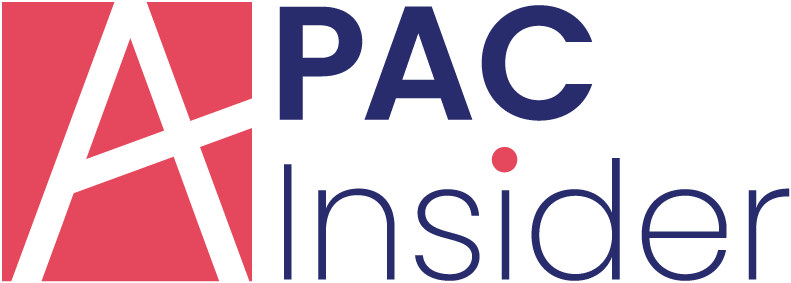Feeling buried under invoice rules? You’re not alone. Invoicing today isn’t print-mail-wait – it’s strict digital formats, real-time reporting, and a maze of country-specific mandates. E-invoicing is already here, and chasing every update manually is a race you can’t win. Automation hits compliance targets, cuts errors, and frees your finance team for real work.
What is E-Invoicing, and Why is it Required?
E-invoicing means exchanging invoice data in a structured digital format (like XML or UBL) so financial systems can process it directly – no PDFs, printing, or manual entry needed. Governments mandate it to boost transparency, close VAT gaps, and cut fraud by tracking transactions in real time.
Mandatory schemes are live in places like Italy (SDI since 2019), Germany (B2B from 2025), France (Chorus Pro), and India.
Compliance Challenges for Businesses
While the benefits of e-invoicing are clear, staying compliant isn’t always straightforward, especially when you’re juggling multiple systems, countries, or partners. Whether you’re a small business or a multinational enterprise, the shift to e-invoicing comes with real challenges.
1. Evolving regulations across borders
One of the biggest headaches is the pace of regulatory change in e-invoicing rules. In Germany, B2B e-invoicing becomes mandatory in 2025 with a gradual phase-in. Italy requires real-time clearance via SDI, and France uses its own Chorus Pro system. Each country has its own invoice formats, validation rules, and transmission methods.
For businesses operating across borders, this means building a flexible setup to handle different formats like XML, Peppol, and EDI.
2. Legacy systems that weren’t built for e-invoicing
Many businesses still rely on old ERP systems that don’t support e-invoicing formats or integrations with government platforms. This forces teams to create custom workarounds or rely on manual data entry, which is time-consuming and prone to errors.
3. High administrative burden on finance teams
Switching to e-invoicing is more than just a change in process. Finance teams need to ensure invoice data is accurate, complete, and compliant with new rules. This often means spending hours troubleshooting rejections and handling complex error codes, delaying payments, and frustrating suppliers.
4. Supplier and customer readiness
Even if your team is ready, your suppliers or customers may not be. Some partners may still send PDFs, while others require structured invoices. Managing these mixed workflows slows down approvals and increases compliance risks.
5. Risk of penalties and payment delays
Non-compliance is costly. Missing deadlines for real-time reporting, submitting invoices without validation, or failing to archive documents correctly can lead to fines, blocked payments, or audits, damaging relationships with suppliers and customers.
How Automation Helps Businesses Stay Ahead of Regulations
Staying compliant with e-invoicing regulations doesn’t have to mean chasing every new mandate manually. Automation shifts you from chasing rules to staying ahead, freeing your team and strengthening your finance operations.
Here’s how automation makes that possible:
1. Built-in compliance with local formats and rules
Modern e-invoicing platforms are designed with international compliance in mind. That means they come pre-configured to support local tax regulations, invoice formats (like XRechnung, FatturaPA, and Factur-X), and government portals such as SDI, Chorus Pro, or Peppol. When a country updates its rules, the system updates too, so you don’t have to worry about falling out of step. You send your invoice once, and the platform handles the rest: formatting, validation, transmission, and archiving.
2. Real-time validation and error prevention
Manual errors are one of the most common causes of invoice rejections. An automated system validates your invoice data in real-time, before it ever reaches the tax authority or buyer. It checks for missing VAT numbers, incorrect dates, formatting errors, and more. Some solutions even integrate with your ERP to flag mismatches between purchase orders, delivery notes, and invoices (two or three-way matching), reducing the risk of non-compliance and disputes.
3. Integration with your systems
Automation doesn’t mean replacing your tried and trusted systems. The best solutions integrate directly with your ERP, accounting software, and procurement tools. That allows data to flow automatically, from invoice creation to submission and archiving, without repetitive copy-pasting or file uploads. You create the invoice as usual – the platform ensures it meets all technical and legal requirements in the background.
4. Centralised monitoring and audit trails
When regulations require you to archive invoices for years (sometimes up to 10 years), manual processes quickly become unmanageable. Automated systems store e-invoices securely, attach digital signatures, and create detailed audit trails, making audits faster and less stressful. Plus, with centralised dashboards, your team can track invoice statuses in real time and get alerts when action is needed.
5. Scalability across regions and volumes
As your business grows, whether through new markets or increased invoice volume, automation scales with you. You don’t need to train new staff on every country’s invoicing process or spin up separate workflows per region. A single e-invoicing platform can handle thousands of invoices in multiple formats, languages, and legal contexts with minimal manual effort.
6. Future-proofing your finance operations
E-invoicing regulations will continue to evolve. By adopting automation now, you’re not just solving today’s compliance problem, you’re preparing your company for the future. You’ll be in a stronger position to handle upcoming mandates, adopt real-time tax reporting, and benefit from fully digitised AP/AR processes down the road.
Conclusion
Manual e-invoicing just can’t keep pace with changing rules. Automation pulls in each country’s format, runs real-time checks, and stores everything securely, so you dodge errors, fines, and late payments. Your finance team stops firefighting and takes on real work. Plus, automation scales with your business, handling more invoices and new mandates without extra effort.



























